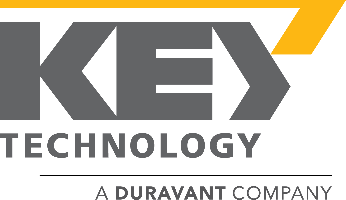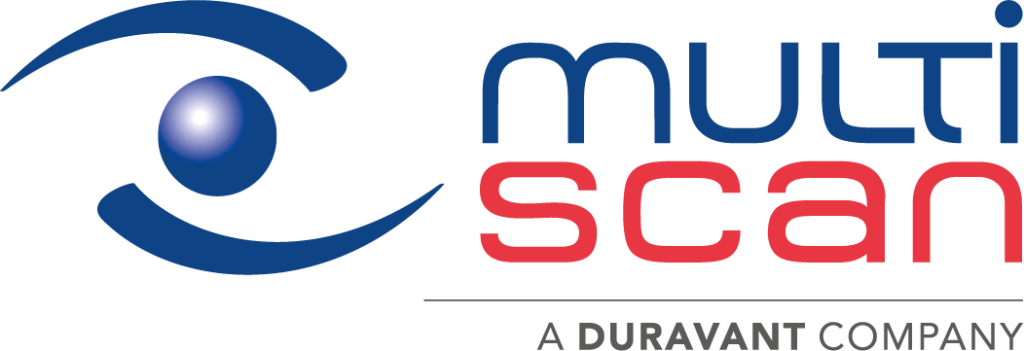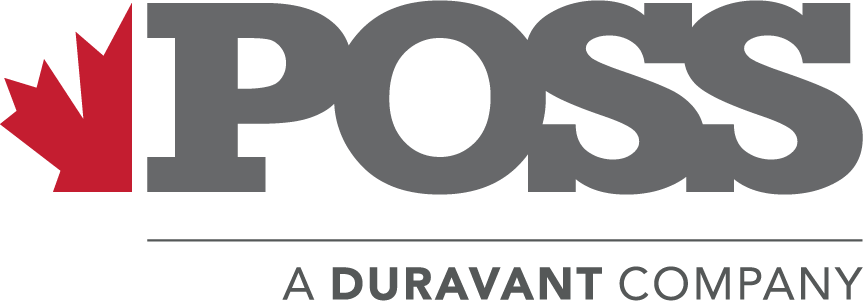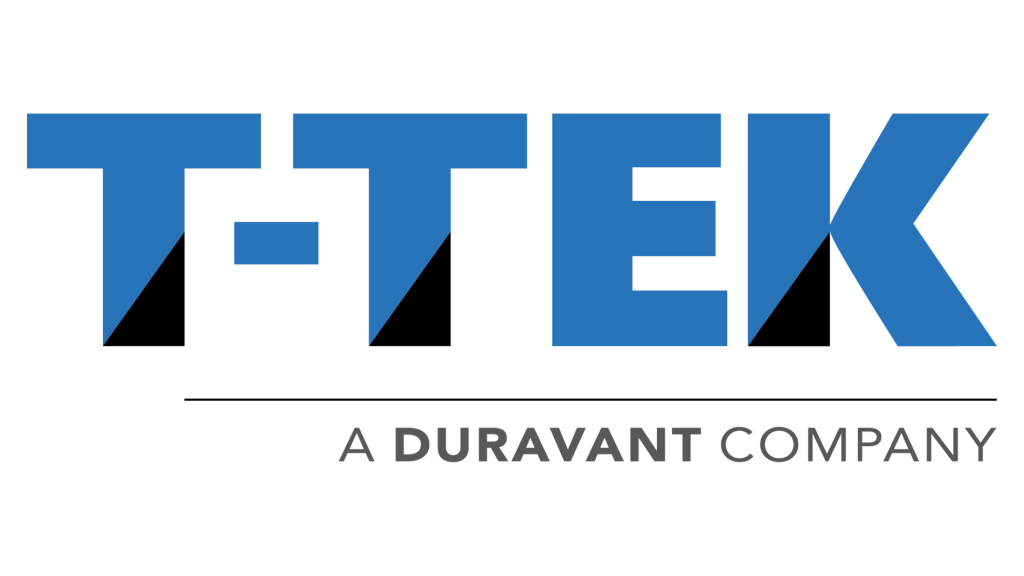The Duravant family of operating companies serve the food processing, packaging and material handling segments.
Mastering the Essentials of Choosing Industrial Packaging Machines for Your Business Needs
In today's fast-paced manufacturing environment, the choice of industrial packaging machines has a significant impact on operational efficiency and product integrity. According to a report by MarketsandMarkets, the global industrial packaging market is expected to grow from $60 billion in 2020 to over $82 billion by 2025, reflecting an annual growth rate of approximately 6.5%. This surge is attributed to increasing demands from various sectors, including food and beverage, pharmaceuticals, and consumer goods, with businesses seeking advanced packaging solutions that enhance productivity while minimizing waste.
Selecting the right industrial packaging machines is not merely about meeting current needs; it is also about future-proofing operations and maintaining competitiveness. A survey by Smithers noted that around 80% of companies consider automation and sustainability essential factors in their packaging strategies. As businesses strive to improve their supply chain efficiency and reduce their environmental footprint, understanding the critical components and technologies behind industrial packaging machines becomes imperative. This blog aims to guide you through the essentials of choosing the right equipment tailored to your specific business requirements, ensuring that you stay ahead in today's competitive landscape.
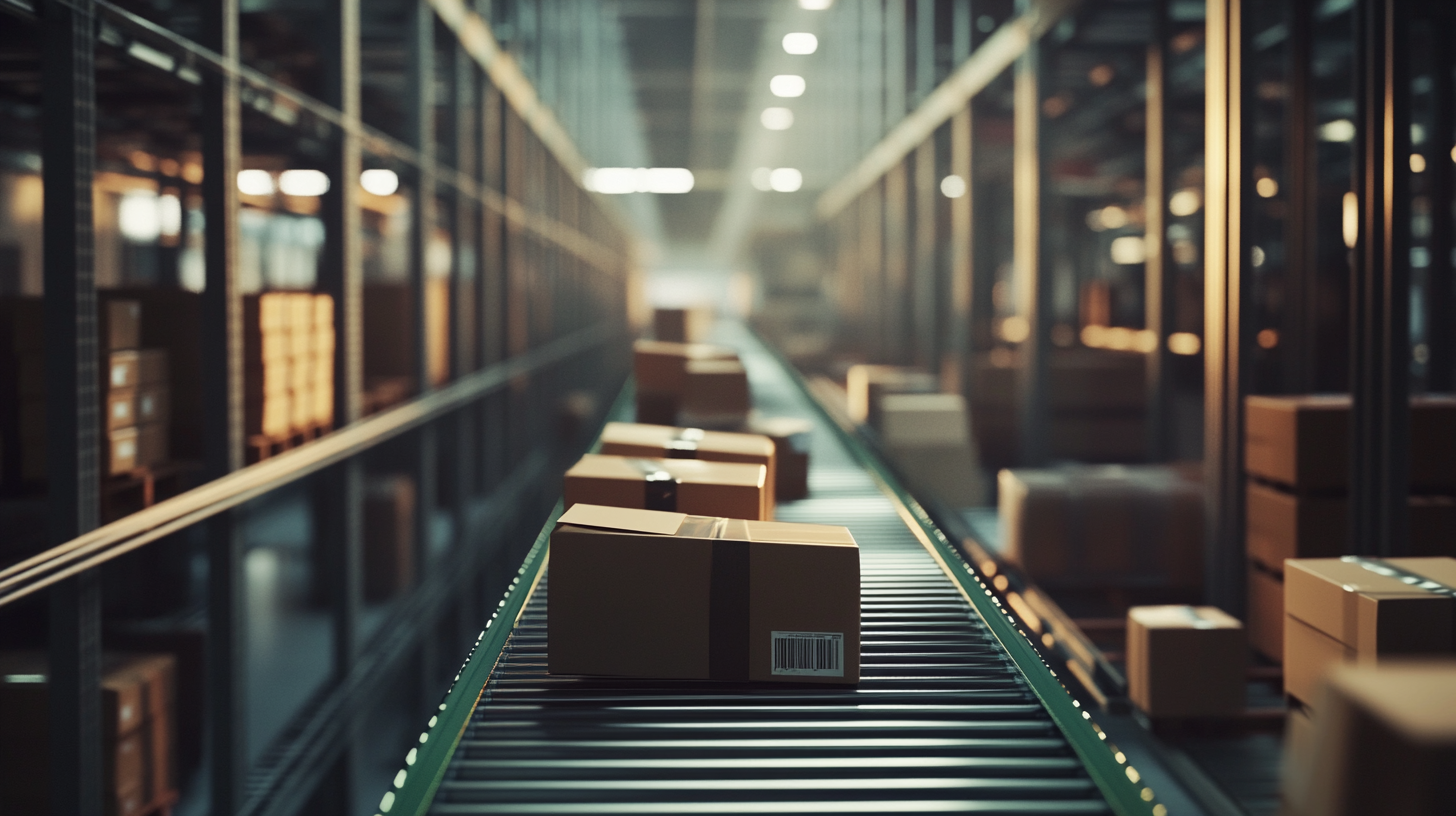
Understanding Your Business Requirements for Packaging Solutions
When selecting industrial packaging machines, understanding your business requirements is paramount. According to a report by Smithers Pira, the global packaging market is expected to reach $1 trillion by 2024, driven by the increasing demand for efficiency and sustainability across various sectors. This growth emphasizes the need for businesses to carefully assess their packaging needs to remain competitive. To begin, it's crucial to identify the specific qualities of your products, such as size, weight, and fragility. For instance, the Food and Beverage sector often requires machines designed for speed and hygiene, while e-commerce packaging solutions must prioritize durability and protection during transit. Industry surveys suggest that nearly 60% of packaging machinery investments are driven by the desire to enhance operational efficiency, which highlights the need for machines that not only meet product specifications but also integrate seamlessly into current workflows. Additionally, understanding your volume requirements is essential. Businesses experiencing seasonal fluctuations may benefit from flexible packaging solutions that can be adjusted for varying output levels. Data shows that 75% of packaging companies are investing in automated solutions to manage these demands, optimizing labor costs and reducing lead times. By aligning your machine selection with these ergonomic and volume considerations, your business can leverage packaging technology to maximize productivity and profitability.
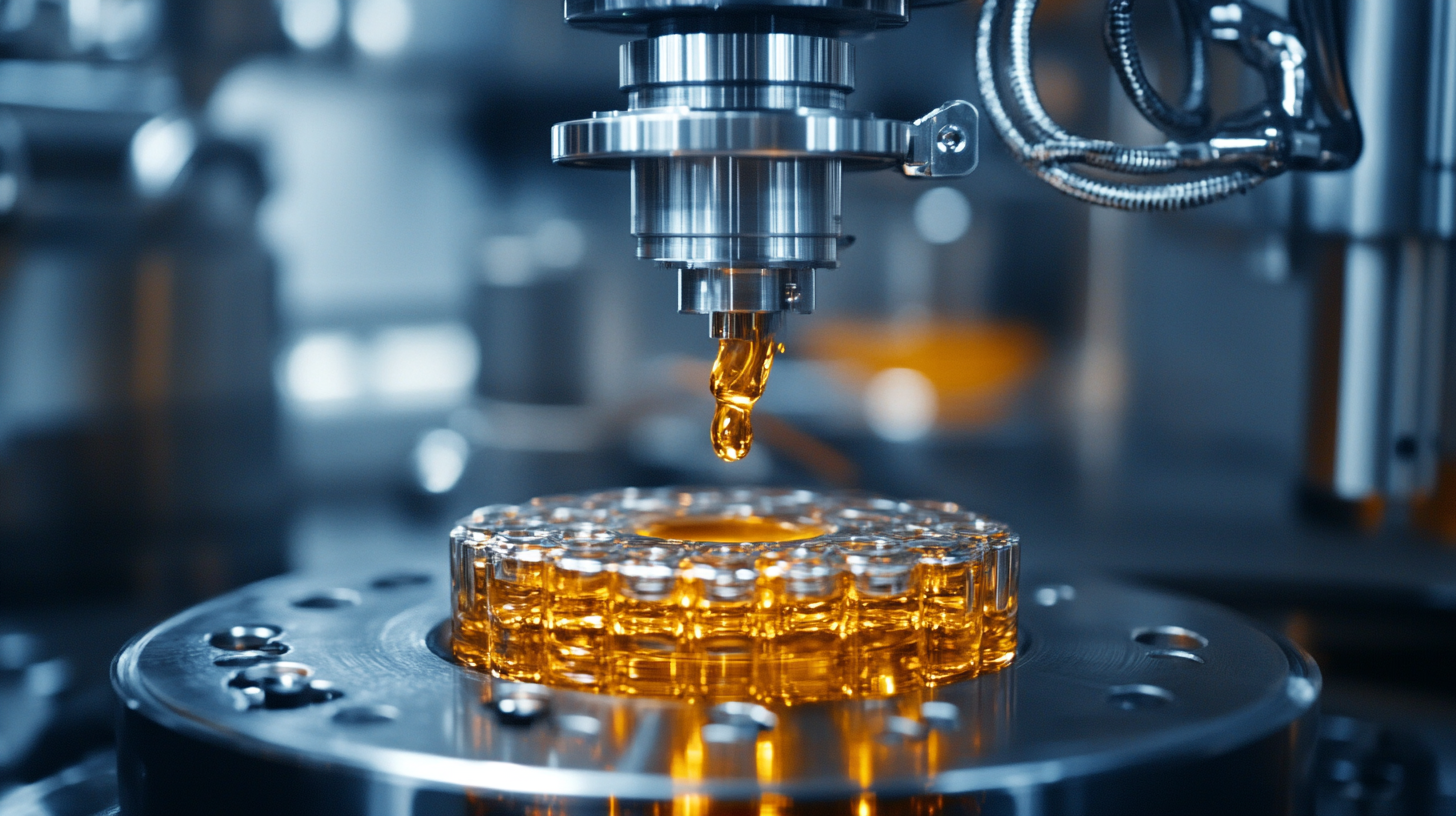
Key Factors to Consider When Selecting Industrial Packaging Equipment
When selecting industrial packaging equipment, businesses must consider several key factors to ensure they meet their operational needs. The industrial packaging market is expected to grow significantly, driven largely by the increasing demand for flexible and efficient packaging solutions. According to recent industry reports, the global market for flexible packaging is projected to expand substantially by 2032, with advancements in material technology including plastic, paper, and metal facilitating this growth.
One of the primary considerations for businesses is the type of materials used in packaging machinery. The right choice can affect not only product safety but also sustainability, making it essential to align equipment selection with corporate sustainability goals. The anticipated market trends suggest that packaging machinery utilizing recyclable and biodegradable materials is likely to gain traction, responding to the rising consumer preference for environmentally friendly products.
Moreover, automation is reshaping the landscape of packaging equipment. Reported advancements indicate that automation in packaging processes, such as robotics integration, boosts efficiency and reduces labor costs. The packaging robot market alone is expected to see a compound annual growth rate of over 10% from 2023 to 2032, highlighting its transformative impact on manufacturing operations. As smart technologies continue to advance, integrating intelligent packaging systems will become increasingly crucial for businesses aiming to remain competitive in a rapidly evolving market.
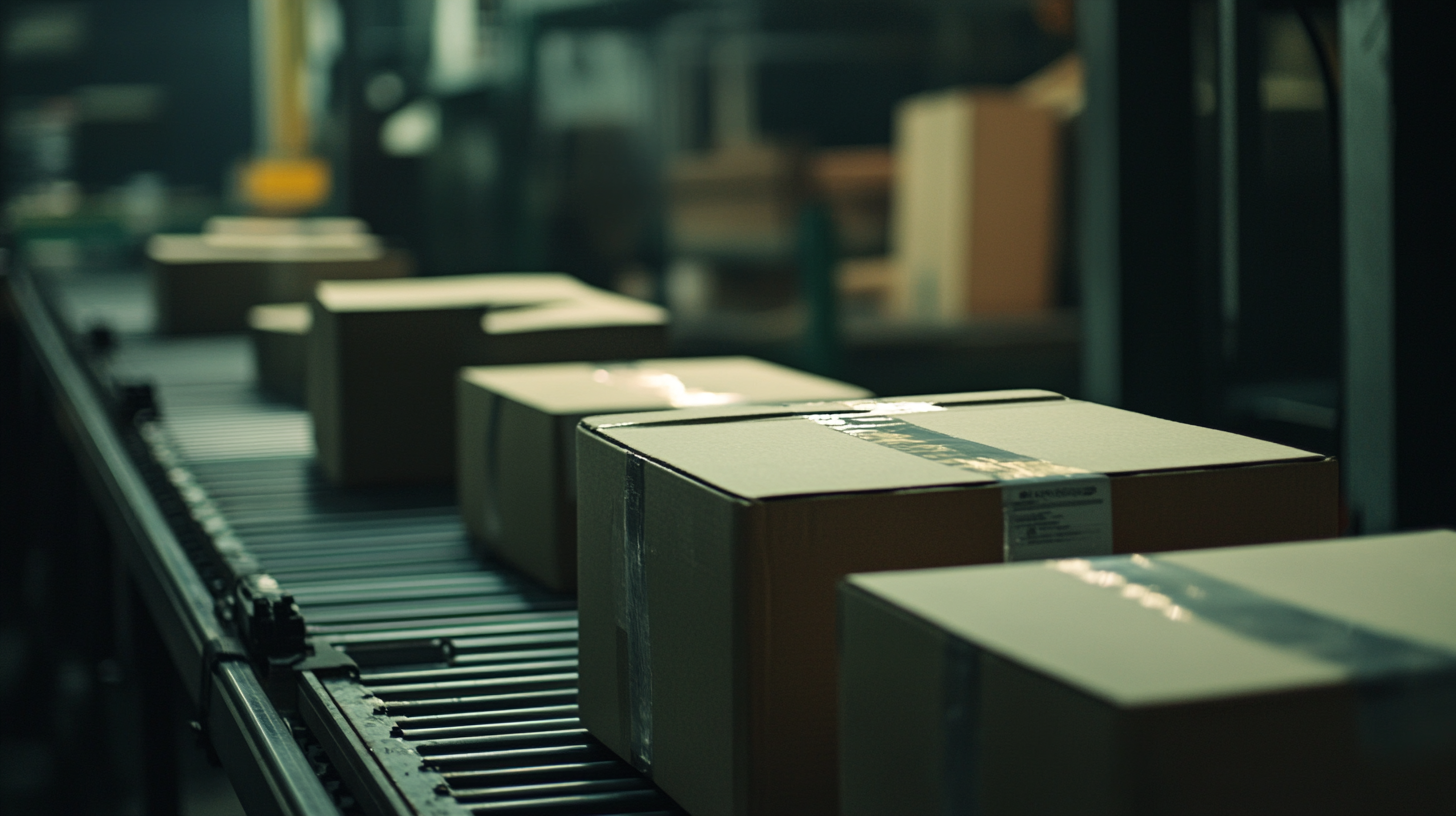
Types of Packaging Machines and Their Applications in Various Industries
When it comes to selecting industrial packaging machines, understanding the various types and their applications across diverse industries is crucial. Different markets require unique solutions tailored to their specific needs. For example, the vacuum packaging market is growing rapidly, with materials such as polyethylene and polypropylene leading the charge. This growth is driven by the increasing demand for extending product shelf life and enhancing food safety, making vacuum packaging machines indispensable for the food industry.
Similarly, the bakery packaging machine market is projected to reach significant heights, expected to grow at a rate of 4.6% annually. This growth is attributed to the rising demand for ready-to-eat products and the need for efficient packaging solutions that maintain freshness. Bakery businesses are investing in advanced machinery that not only packages but also preserves the quality of baked goods.
In the snack industry, the demand for packaging machines is robust, with a market value of approximately USD 18.5 billion as of 2023. The emphasis here is on speed and efficiency, as consumer trends lean towards on-the-go snack options. Innovations and automation in packing technology are essential to keep pace with this evolving market.
Liquid packaging equipment is also witnessing a transformative phase, driven by the incorporation of automation and IoT technologies. Companies are increasingly adopting these advancements to enhance operational efficiency and meet the growing consumer demand for liquid products. The integration of robotics in packaging processes is streamlining workflows and enabling businesses to adapt more swiftly to market changes.
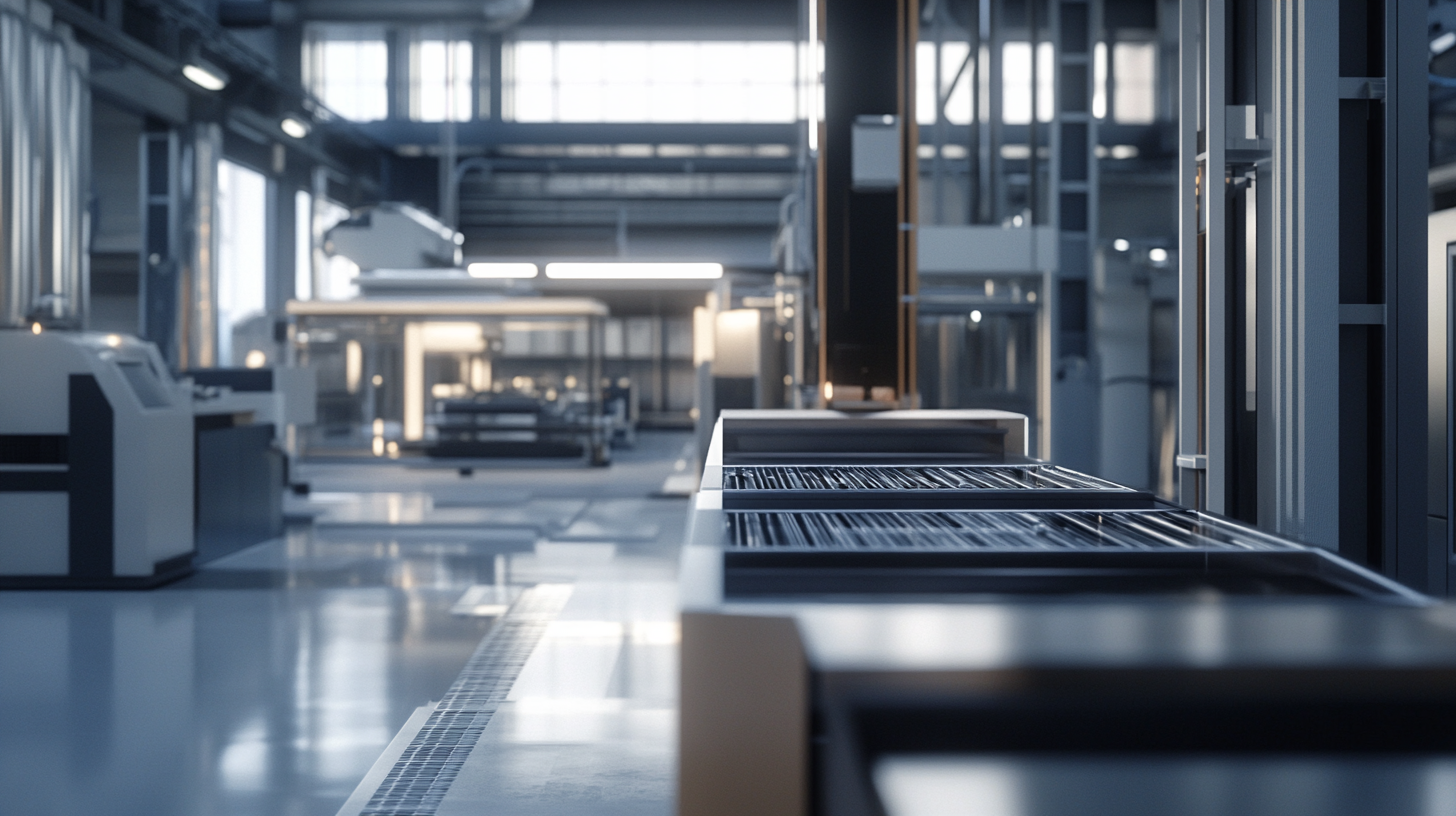
Evaluating Cost-Effectiveness in Packaging Machinery Investments
When evaluating cost-effectiveness in packaging machinery investments, businesses must consider more than just the initial purchase price. According to a report by Smithers Pira, the global market for packaging machinery was valued at over $45 billion in 2022, with an expected annual growth rate of 3.5% through 2026. This growth underscores the importance of selecting the right machinery that not only meets current production needs but also aligns with long-term operational costs and efficiency.
One key factor influencing cost-effectiveness is the total cost of ownership (TCO), which encompasses not only the acquisition cost but also maintenance, energy usage, and labor expenses. A study from the International Packaging Association suggests that machinery that offers automation capabilities can lead to labor cost reductions of up to 30%. By investing in machines that enhance workflow and require less manual intervention, companies can significantly lower their operational costs over time.
Additionally, it's crucial for businesses to analyze the return on investment (ROI) on their packaging machinery. Research indicates that companies that invest in advanced packaging technologies can achieve an ROI of 15-25% within the first two years. This gain is often attributed to reduced waste, improved product integrity, and increased production speeds. Therefore, thorough evaluation of machinery options, including performance metrics and long-term operational costs, is essential to maximize the benefits of such investments.
Maintaining and Upgrading Your Packaging Equipment for Longevity
When it comes to industrial packaging machines, maintaining and upgrading your equipment is crucial for ensuring longevity and efficiency. Regular maintenance not only prevents unexpected breakdowns but also enhances the overall performance of your packaging systems. Scheduled inspections, cleaning, and part replacements can go a long way in prolonging the life of your machines. Companies that prioritize maintenance often experience reduced downtime, which translates into increased productivity and profitability.
Upgrading your packaging equipment is equally important. As technology advances, newer models often come with improved features that can significantly enhance efficiency and reduce labor costs. Investing in automation and digital tools can streamline operations and provide better data for decision-making. Regularly evaluating your existing machines against industry standards will help you identify when it's time to implement upgrades, ensuring that your business remains competitive in the fast-paced market.
Finally, keeping up with the latest trends in packaging technology can also inform your maintenance and upgrading strategies. Staying connected with suppliers, attending industry workshops, and participating in forums can provide valuable insights into best practices and emerging technologies. By incorporating these elements into your operational strategy, you can foster a resilient packaging process that not only meets your current needs but also adapts to future challenges.


